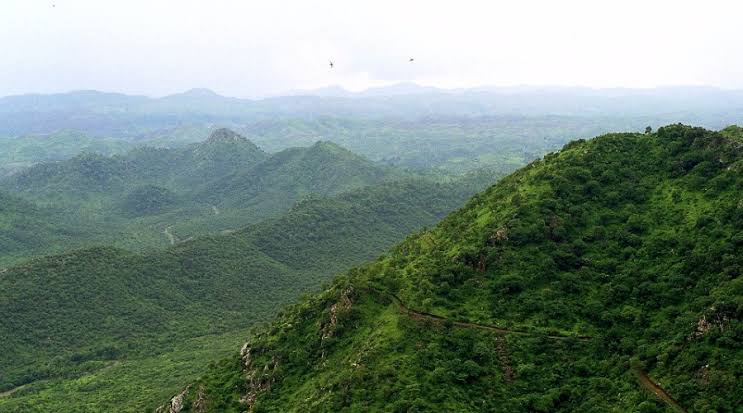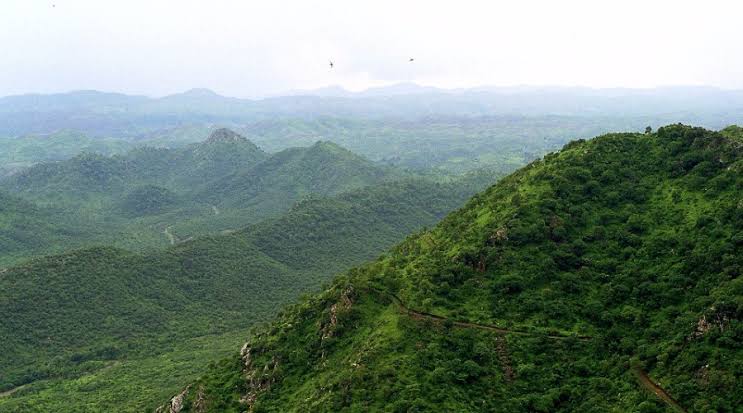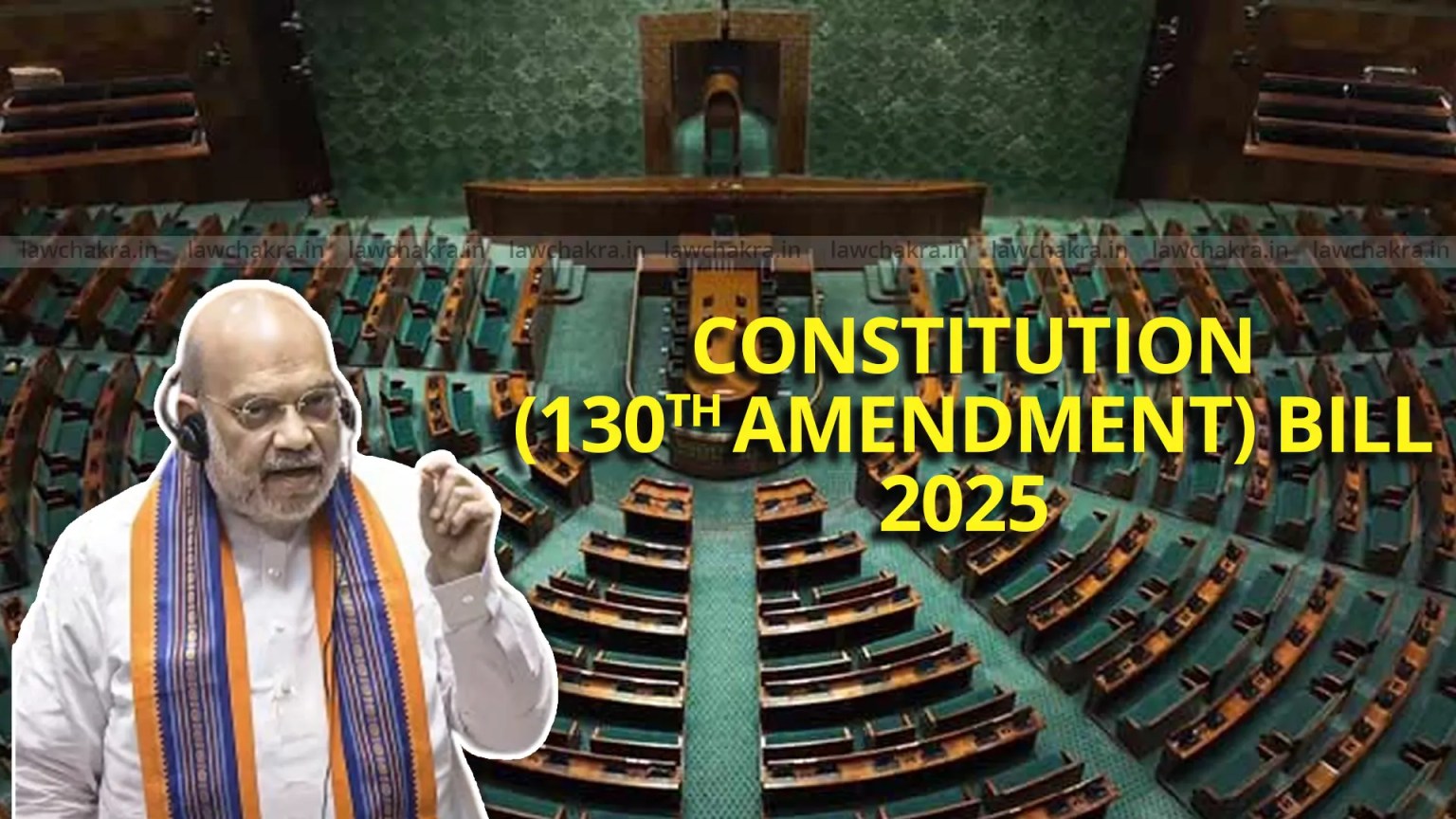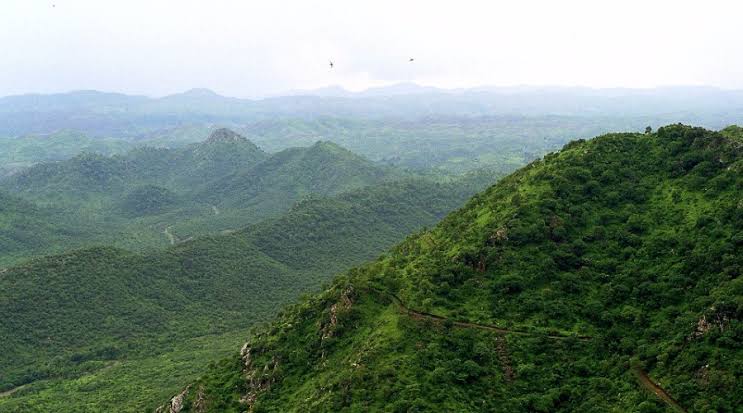The Aravallis: Forests Beyond Semantics

The question of what constitutes a forest has once again become a matter of heated debate. At the centre of it lies Haryana’s recent decision to interpret the “dictionary definition” of forests in an unusually restrictive manner—requiring a canopy density of 40% spread over at least five hectares if isolated, or two hectares if contiguous with notified forests. This stance, while appearing to follow the Supreme Court’s directive from last year to rely on the dictionary meaning of forests as reiterated in the landmark T.N. Godavarman Thirumulpad judgment of 1996, has effectively reduced forest to a technical category rather than an ecological reality.
The problem is not merely semantic but deeply structural. The Oxford Learner’s Dictionary, which defines forest as “a large area of land that is thickly covered with trees,” offers a broad understanding. But Haryana has translated this into a numeric rigidity that excludes vast tracts of the Aravallis—scrub forests, open woodlands, and ecologically fragile vegetation—from the ambit of the Forest Conservation Act (FCA). This definitional narrowness risks undermining decades of conservation efforts.
The Aravallis, often dismissed as barren or scrub-covered, are in fact unique ecosystems shaped by the region’s scant rainfall and arid climate. Their scattered trees and shrublands form a natural shield against desertification, groundwater depletion, and ecological collapse. More importantly, they serve as a green lung for the National Capital Region (NCR), buffering the Delhi metropolitan area against air pollution and urban sprawl. To reduce them to “non-forest” status because they fail an arbitrary canopy threshold is to ignore the ecological services they provide, which are not dependent on density alone.
The stakes are particularly high given the pressures of rapid urbanisation in Gurgaon, Faridabad, and other NCR districts. With land being an increasingly scarce commodity, a restrictive definition of forests creates legal loopholes that developers can exploit. What is being framed as compliance with judicial dicta could in practice mean opening ecologically sensitive lands to construction and mining, undoing the fragile balance the Aravallis have maintained.
There is also a philosophical question: should a state’s understanding of forests be limited to how “dense” or “green” they look in satellite imagery or dictionary semantics? The Godavarman judgment itself called for an expansive approach—treating all lands that have characteristics of forests, irrespective of ownership or notification status, as forests for the purpose of the FCA. Haryana’s narrow interpretation arguably violates not just the spirit but also the letter of that ruling.
The ecological context matters. In the Northeast, a 40% canopy density rule may indeed identify lush forests. But in semi-arid regions like Haryana, Rajasthan, and Gujarat, where vegetation has naturally adapted to low rainfall, such a rule discounts local realities. If conservation is to be meaningful, it must be context-sensitive rather than slavishly literal.
Ultimately, the debate is not about semantics but about priorities. A forest is more than just dense greenery—it is an ecosystem, a barrier against climate change, and a public good that sustains life. Haryana’s restrictive approach reduces this complexity to bureaucratic arithmetic, with profound consequences for the environment and urban resilience. If the state continues to treat forests as a matter of definitional convenience, the Aravallis may soon become a casualty of semantics, leaving the NCR exposed to ecological and climatic vulnerabilities that no dictionary can define away.
(Author is a senior journalist and columnist.)

 3 weeks ago
3 weeks ago











[[comment.comment_text]]